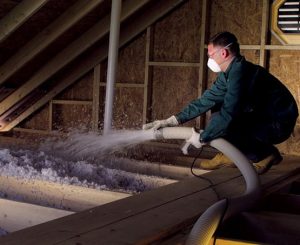 If there’s one place that rodents love hanging out, it’s your attic. Not only is it one of the easiest places to access from the outdoors, but it’s also the quietest part of your home. When rodents stay in your attic for too long, they leave a buildup of waste, create a huge mess, and bring about a lot of damage. If you’ve experienced any insulation issues from a rodent invasion, these steps will take you on the road to recovery.
If there’s one place that rodents love hanging out, it’s your attic. Not only is it one of the easiest places to access from the outdoors, but it’s also the quietest part of your home. When rodents stay in your attic for too long, they leave a buildup of waste, create a huge mess, and bring about a lot of damage. If you’ve experienced any insulation issues from a rodent invasion, these steps will take you on the road to recovery.
Exclude Rodents From Your Attic
Nests (usually made of fibrous material), or burrows (one-inch holes leading down into the insulation) are likely signs that rodents are still in the attic. To attempt rodent removal, you’ll need to purchase countless traps, find time to frequently check them, and invest in protective materials to help you safely clean up afterwards.
If you manage to capture an intruding rodent with a live trap, transport the rodents at least two miles from your home to prevent it from returning. Then, thoroughly wash your gloves and hands with soapy, warm water to minimize the chance of contamination.
Seal Entry and Exit Points
Before you start to recover from the damage, ensure that no more rodents can enter. Examine your home to identify any rodent entry points, because they can notoriously find their way through areas such as:
- Openings around drainage pipes
- Holes in the roofline
- Spots of loose siding
- Gaps in windows, doors, or ceilings
- Cracks in the foundation or pillars
Once you’ve identified entryways, begin sealing every single one. Repair smaller gaps with caulk, and use wood or steel for to safely secure larger openings.
Remove Damaged Insulation and Contaminants
Whether you find urine stains, droppings, or signs of chewing, it’s best to remove any damaged insulation. Leaving it behind can lead to severe health concerns, including respiratory issues (Hantavirus Pulmonary Syndrome—HPS) and intense fevers (Hemorrhagic Fever with Renal Syndrome—HFRS). However, removing the insulation requires a HEPA-filer–rated, high-powered, and high-capacity vacuum. The vacuum can pick up smaller droppings, but larger droppings should be removed by hand. To transfer feces from the vacuum, use a sealable and heavy-duty trash bag. Finally, contact a certified recycling or waste management facility to dispose of the waste.
Call a Professional
After rodents have infiltrated your attic, recovery can be time consuming and costly. Rather than purchasing all the expensive tools and putting yourself in danger, pass the task on to a professional. At Critter Control® of Dallas, we offer safe removal, cleanup, and restoration services from licensed technicians. To schedule a free home inspection and learn more about our attic and repair services, call today at 817-222-1101.




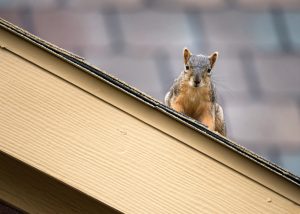
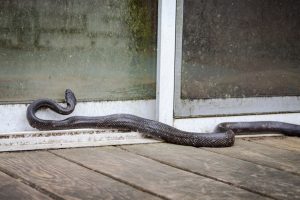 When you want to keep strangers from wading around your yard, you install signals that make intruders feel unwelcome. However, no matter how many “No Trespassing” signs you decorate your yard with, there are some visitors that just don’t get the message, including nearby snakes. So, if you want to protect your property from passerby snakes, take a look at the strategies that will send them slithering.
When you want to keep strangers from wading around your yard, you install signals that make intruders feel unwelcome. However, no matter how many “No Trespassing” signs you decorate your yard with, there are some visitors that just don’t get the message, including nearby snakes. So, if you want to protect your property from passerby snakes, take a look at the strategies that will send them slithering.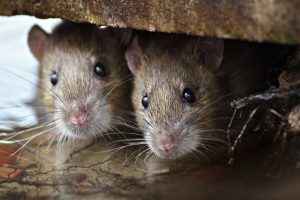 From helping spread disease to chewing up belongings,
From helping spread disease to chewing up belongings,  If you’re experiencing a
If you’re experiencing a  Gnaw marks against a wall, little droppings left around your home, and the sound of tiny feet scurrying across the floor are just a few tell-tale signs that you have a
Gnaw marks against a wall, little droppings left around your home, and the sound of tiny feet scurrying across the floor are just a few tell-tale signs that you have a 
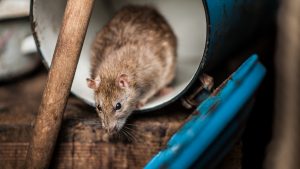 Whether you find yourself screaming at the sight of a
Whether you find yourself screaming at the sight of a  When a wild animal invades your home, the sound and damage it makes can be a frustrating nuisance. However, if that critter were to perish within the walls, attic, or structures of your residence, the smell that remains can be nauseating because a wild animal carcass can take weeks to fully decompose. Unfortunately, the smell of a decomposing animal is so overwhelming that it can be difficult to locate its source. Here are some tips on how to locate and rid your home of the dead animal smell as quickly and efficiently as possible.
When a wild animal invades your home, the sound and damage it makes can be a frustrating nuisance. However, if that critter were to perish within the walls, attic, or structures of your residence, the smell that remains can be nauseating because a wild animal carcass can take weeks to fully decompose. Unfortunately, the smell of a decomposing animal is so overwhelming that it can be difficult to locate its source. Here are some tips on how to locate and rid your home of the dead animal smell as quickly and efficiently as possible.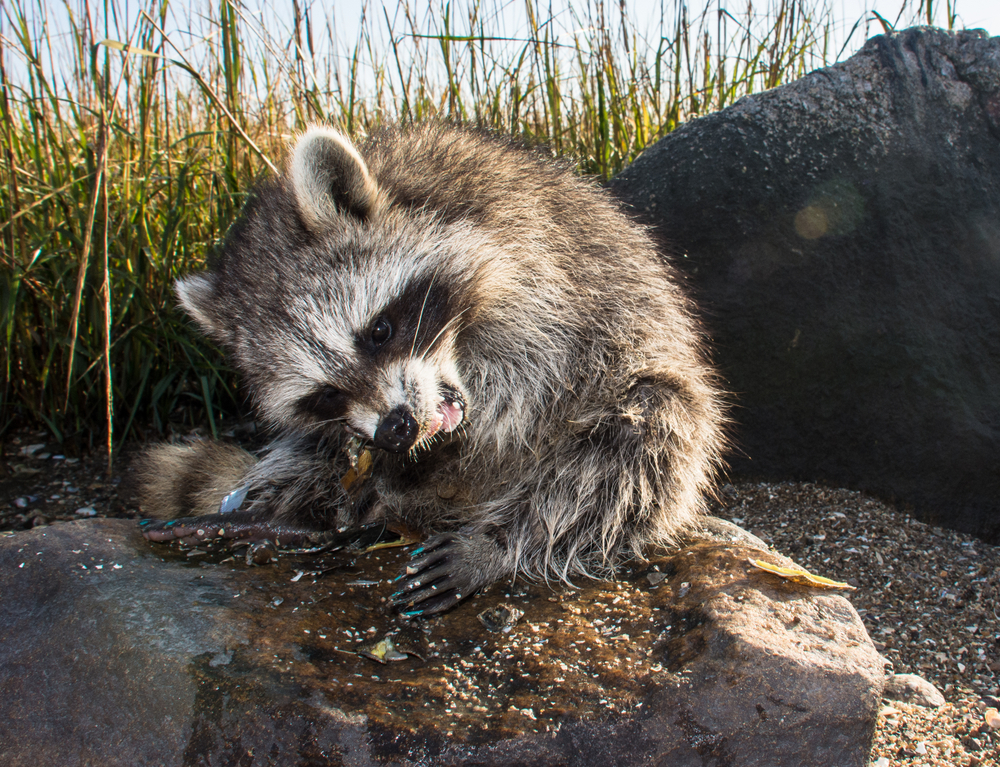

 Why is wildlife (
Why is wildlife (